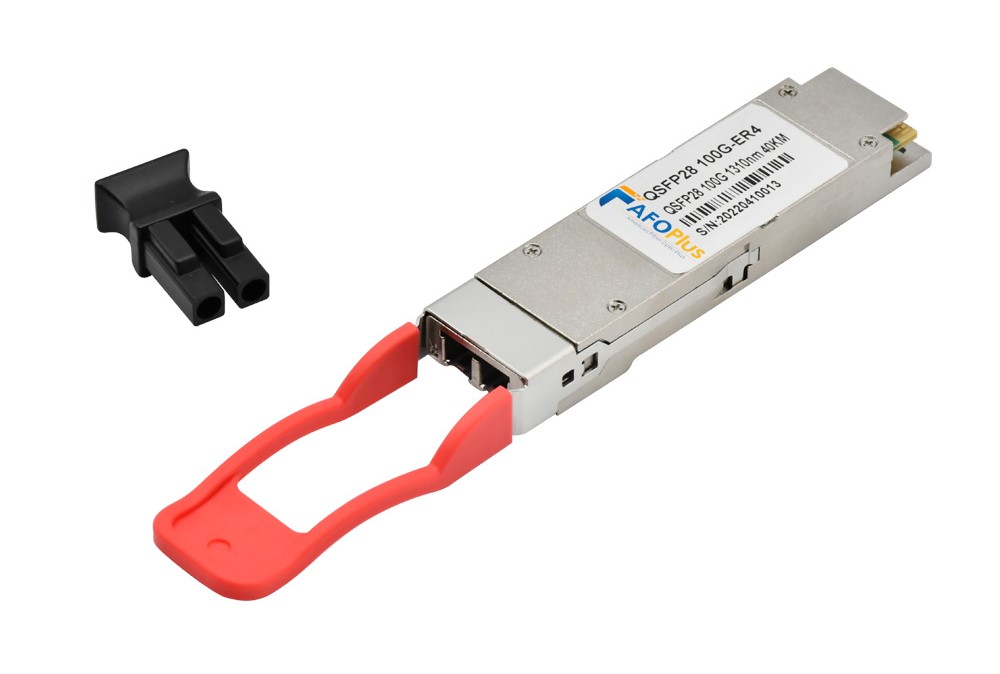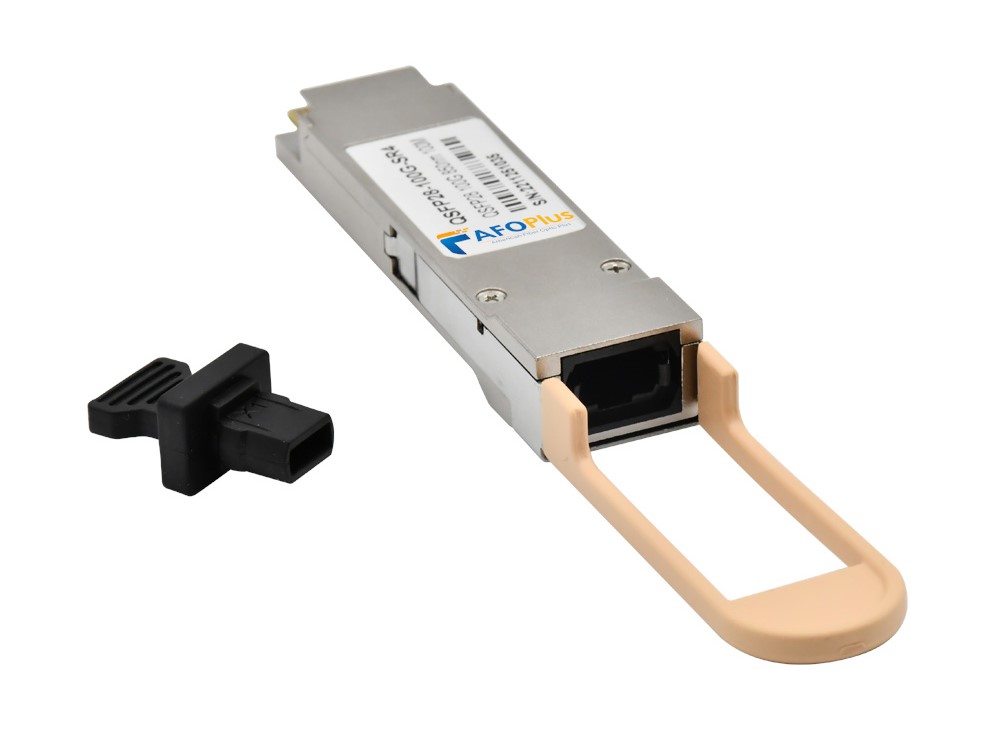Free Shipping on Orders over $99 for Whole USA

Why are 100G optical transceivers so popular in data center?
Why Are 100G Optical Transceivers So Popular in Data Centers?
In the evolving world of data centers, speed and efficiency are the cornerstones of network operations. As data consumption continues to soar, data centers are under pressure to provide faster and more reliable services. One of the most significant advancements helping to meet these demands is the rise of 100G optical transceivers. But why exactly are these high-speed components so popular, and what benefits will they bring in 2025? Let’s dive into the details.
Unmatched Speed and Bandwidth

One of the primary reasons 100G fiber optical transceivers are so popular is their ability to deliver unprecedented data speeds. As the name suggests, these transceivers support speeds of up to 100 gigabits per second, offering a significant upgrade over their 40G and 10G predecessors. This increase in speed ensures that data centers can manage larger volumes of traffic without compromising performance. In an era where cloud computing, big data analytics, and video streaming require massive bandwidth, 100G optical transceiver modules offer the ideal solution to meet these demands.
The popularity of 100G optical transceivers is especially evident in high-performance applications like large-scale storage, real-time analytics, and machine learning workloads, where speed and bandwidth are crucial.
Cost Efficiency in the Long Run
While 100G fiber optical transceivers may initially seem more expensive compared to lower-speed alternatives, they bring significant cost savings over time. By providing higher data rates, these transceivers reduce the number of required components in a data center. Fewer transceivers and cables are needed, and with the ability to support longer distances without the need for repeaters, businesses can save on both hardware and energy costs.
Additionally, 100G optical transceivers typically have lower power consumption per gigabit compared to lower-speed transceivers, which is an attractive feature for data center operators looking to optimize energy efficiency and reduce operational expenses.
Scalability and Future-Proofing

Data centers need to be scalable to accommodate the increasing demands of the digital age. 100G optical transceiver moduls provide an ideal solution to future-proof network infrastructure. By implementing these advanced transceivers, businesses ensure their networks can easily scale to meet the future needs of higher bandwidths, including the potential adoption of 400G or even 800G networks in the future.
Additionally, the ability to support both short and long-range connections makes 100G fiber optical transceivers versatile and flexible. Whether it’s for inter-data-center communication or within a single facility, these components offer the scalability needed to evolve as the data center industry grows.
Improved Latency and Reliability
In data center environments, low latency is crucial for mission-critical applications. 100G optical transceivers reduce the latency between servers and switches, ensuring faster data transmission. This is particularly important for applications such as real-time financial trading, cloud gaming, and video conferencing, where even a millisecond of delay can result in a poor user experience.
Moreover, optical fibers used in 100G optical transceivers are highly reliable, offering lower error rates and higher resilience to electromagnetic interference compared to copper-based alternatives. This enhances the overall network reliability, which is vital for maintaining consistent performance in large-scale data center operations.
Industry Adoption and Standardization
Another reason why 100G optical transceivers are widely used in data centers is industry adoption and standardization. IEEE and other standardization bodies ensure that these transceivers are compatible with a variety of network equipment, making integration easier and more cost-effective. This widespread adoption has led to a drop in the price of 100G optical transceiver modules, making them more accessible to a wider range of enterprises and accelerating their adoption in the data center industry.
In addition, the availability of multifunctional modules such as QSFP28 transceiver, which support multiple transmission rates including 100G, has further contributed to the increasing use of these transceivers.

Conclusion:
In conclusion, the popularity of 100G optical transceivers in data centers is driven by their ability to provide high-speed, cost-effective, and scalable solutions for modern networking demands. Their efficiency in handling large volumes of data, reducing energy costs, and improving overall network performance makes them an essential part of the infrastructure in 2025 and beyond. If you’re looking to upgrade your network infrastructure, now is the time to consider integrating high quality 100G optical transceivers into your setup. Visit our online store today www.afoplus.com shop now for quality, speed, and reliability at unbeatable prices.
